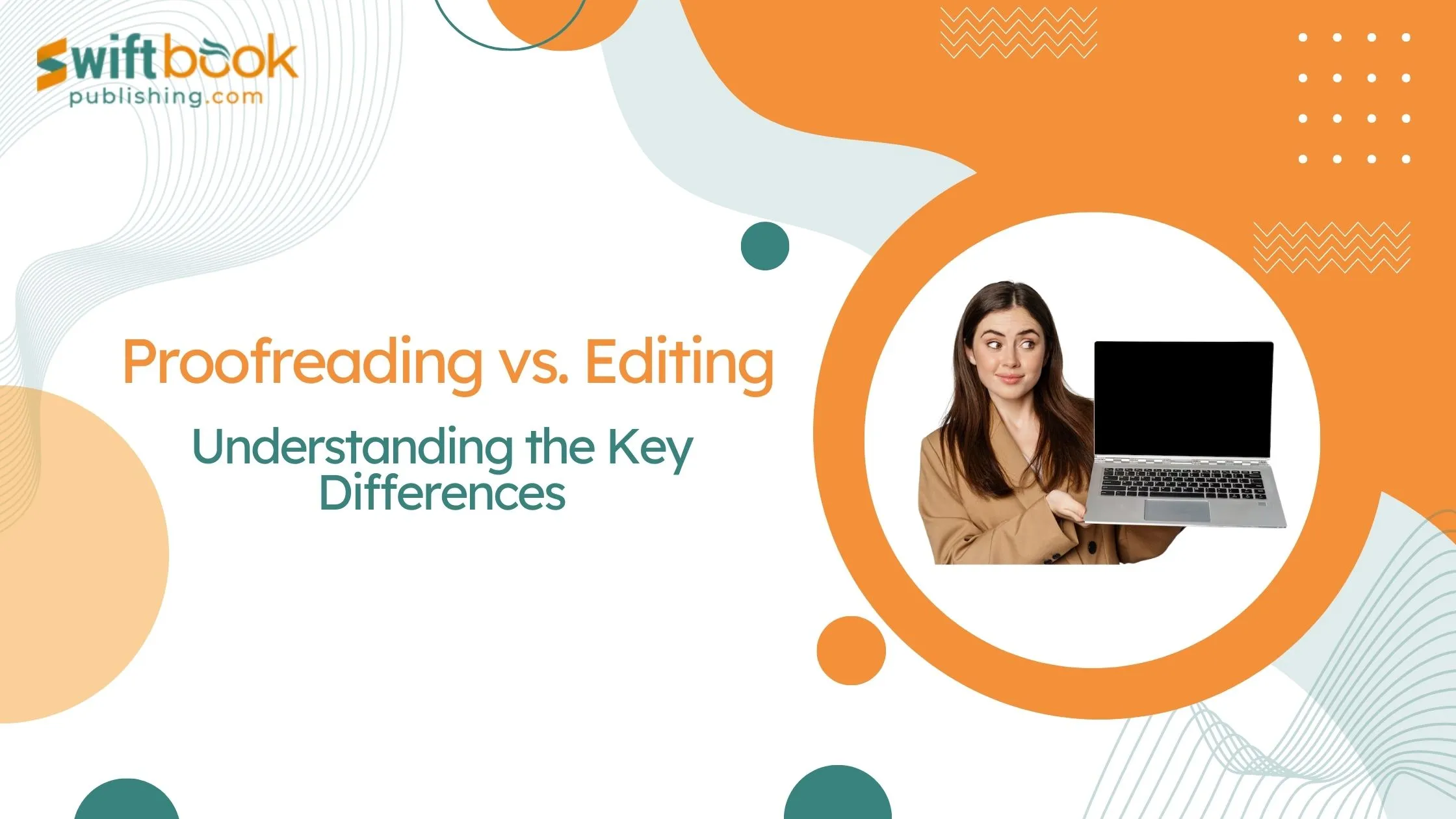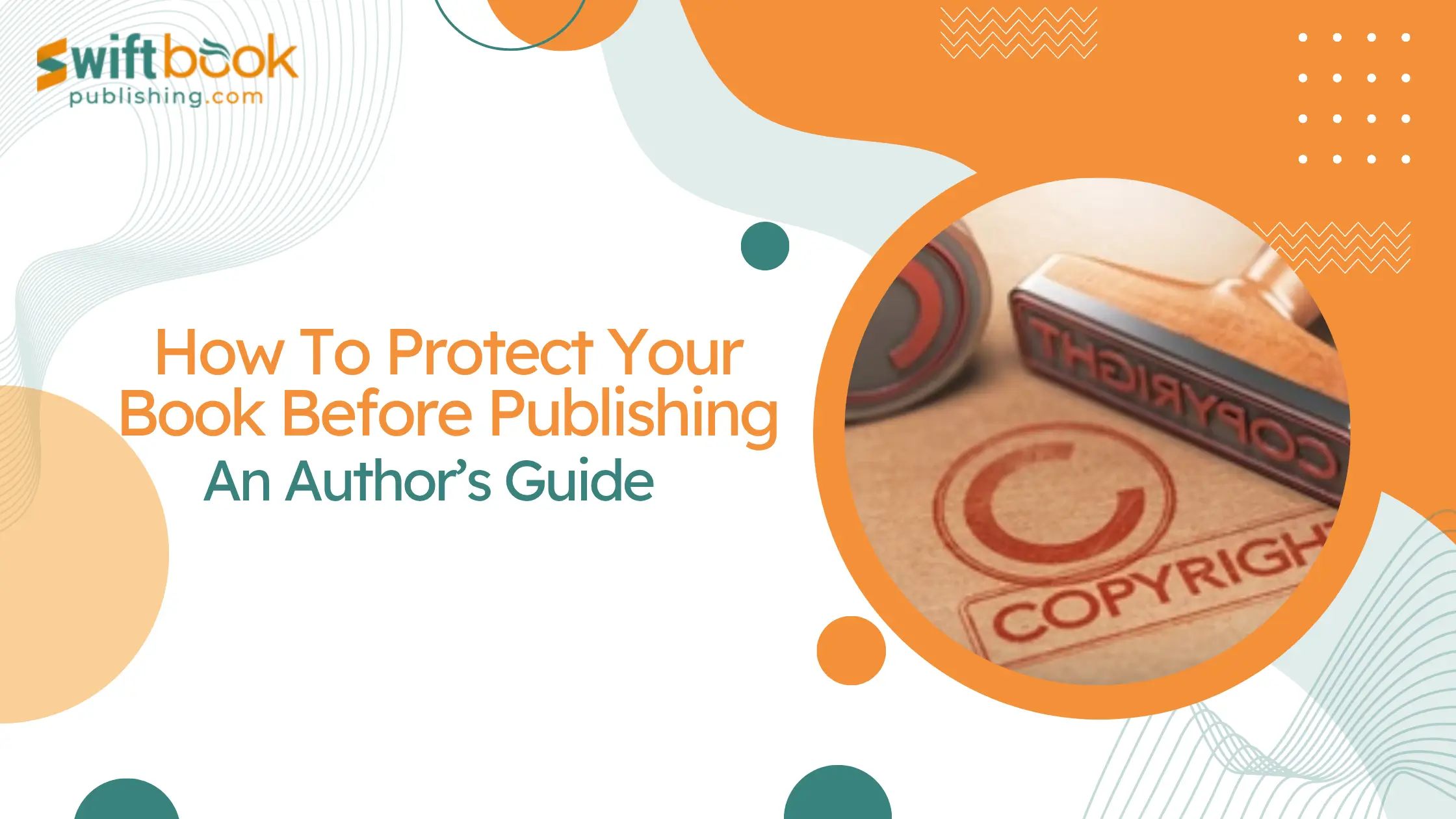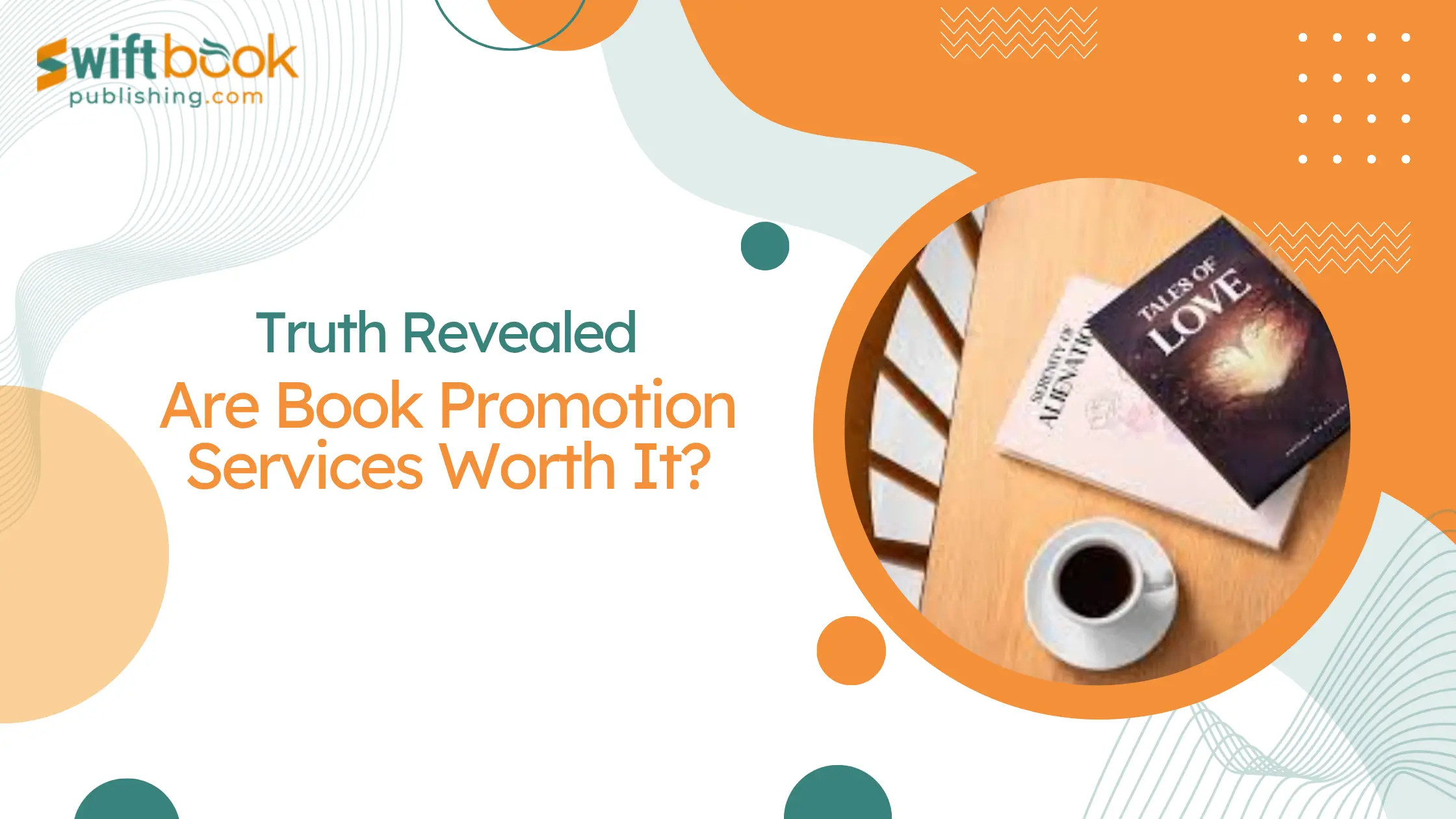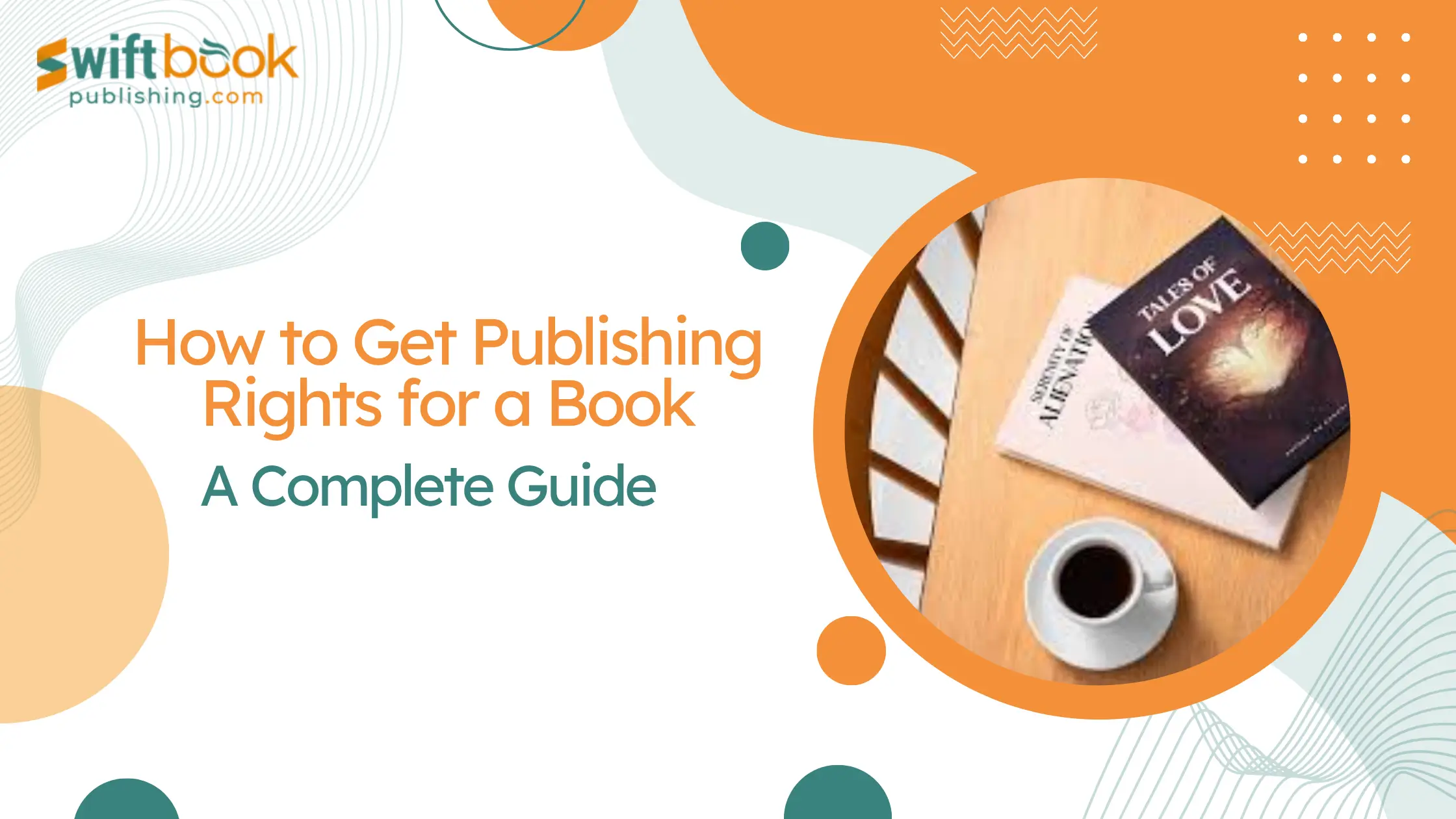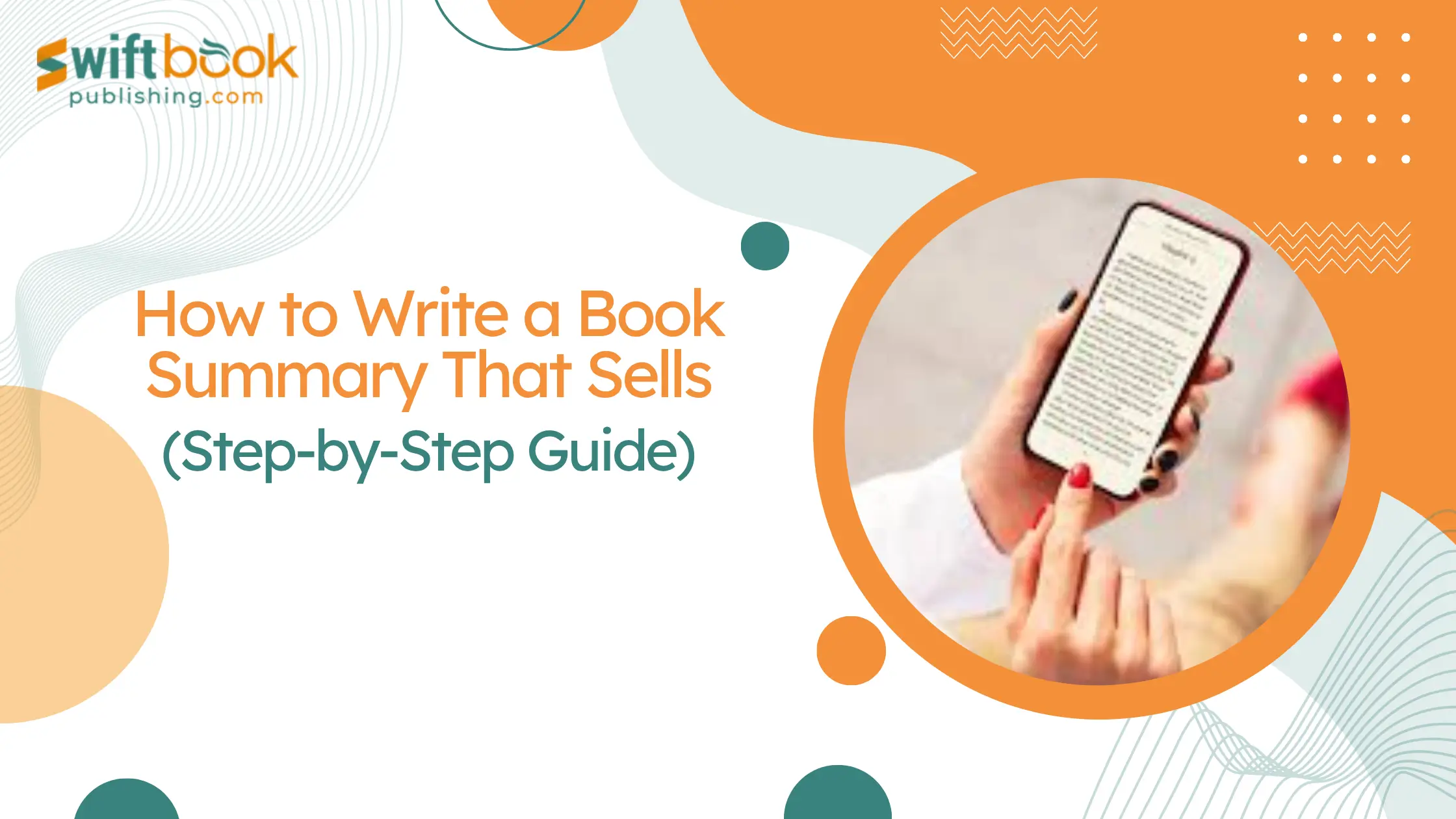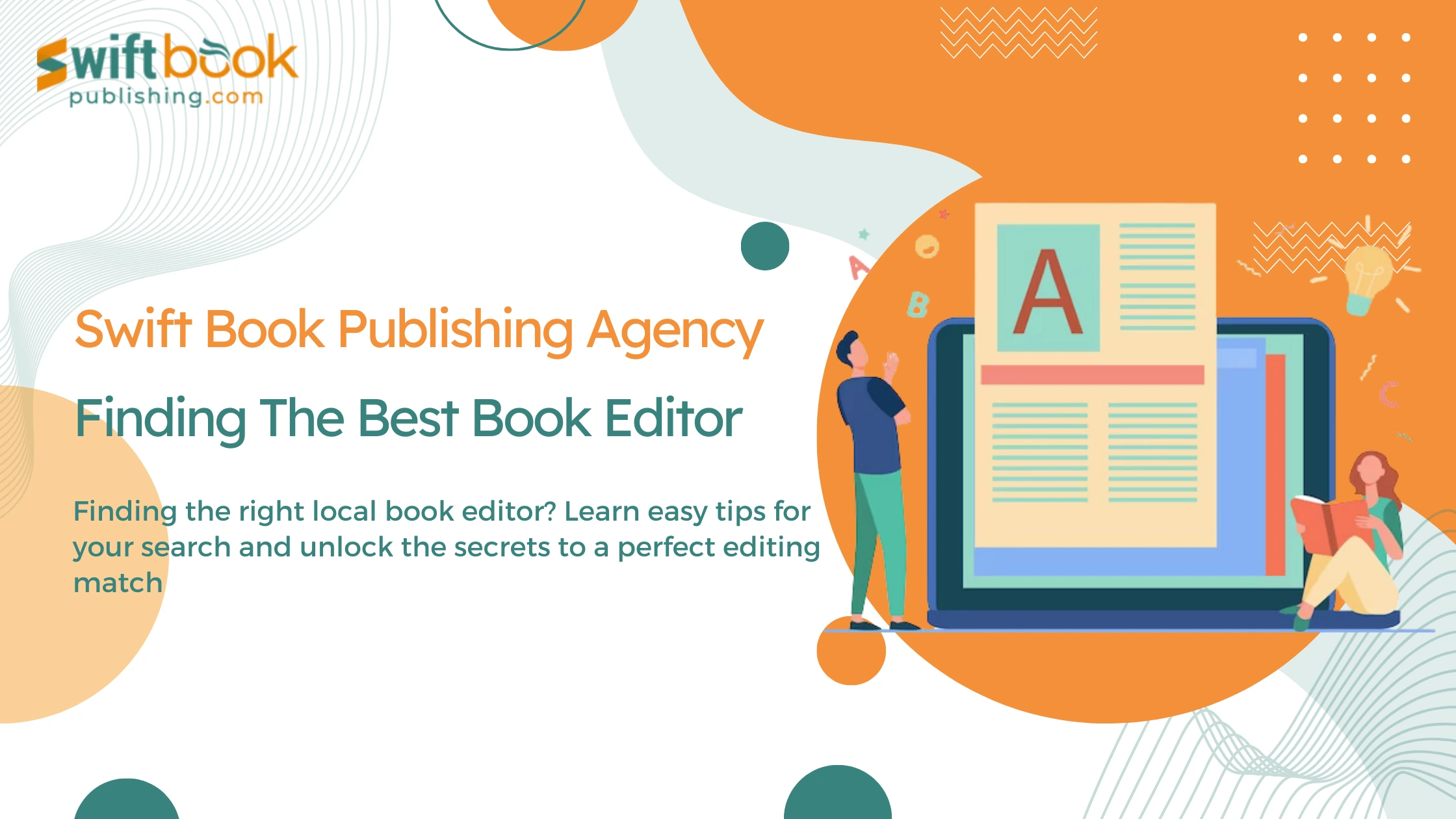When it comes to writing, whether it’s a novel, a blog post, or an academic paper, both editing and proofreading play important roles in refining each piece of writing. However, people often confuse these processes or consider them a single task, which can cause confusion about their respective roles in improving written work.
Proofreading is similar to polishing a gemstone. It identifies surface-level errors like typos, grammatical mistakes, punctuation inconsistencies, and formatting irregularities that may have gone unnoticed in earlier revisions. It serves as the final check to ensure your text is error-free and ready for your audience.
On the other hand, editing is a more detailed process that involves thoroughly examining and restructuring sentence structure, eliminating ambiguity in language, ensuring logical coherence, maintaining the flow of the narrative, and refining the voice to align with the intended message. To achieve exceptional writing, editing requires an intricate understanding of language mechanics and storytelling nuances. In this blog post, we will discuss proofreading vs. editing in detail and how they can improve your writing.
What is Editing and Proofreading?
Editing and proofreading play crucial roles in producing professional-quality written work. While editors edit the content for clarity and engagement, proofreaders add that final touch of finesse by catching those sneaky errors that may escape even the most careful writer’s eye. By recognizing the unique contributions of each process—editing vs proofreading writers can ensure their work shines brilliantly before it reaches its intended audience. Let’s dive into the details.
What is Editing?
Editing involves a systematic review and modification of a written piece to enhance its clarity, coherence, and overall quality. It encompasses a range of tasks to refine the text’s content, structure, style, and tone to align it more closely with the author’s intentions and the audience’s expectations.
Objectives of Editing
The primary objectives of editing revolve around improving various aspects of the text to make it more engaging, informative, and compelling. These objectives include:
- Enhancing Clarity: Editing eliminates ambiguities and convoluted expressions, ensuring the message is clear and easily understandable to the target audience.
- Ensuring Coherence: Editing involves organizing the content logically and coherently, ensuring smooth transitions between ideas and sections. This helps readers navigate the text effortlessly and understand the intended meaning effectively.
- Improving Overall Quality: Editing strives to improve the overall quality of the text by refining its language, structure, and presentation. It involves polishing the writing style, eliminating redundancies, and enhancing the readability of the material to captivate and retain the reader's interest.
Types of Editing

1. Developmental Editing
Developmental editing focuses on the big-picture elements of a manuscript, such as its structure, organization, and thematic coherence. It involves working closely with the author to refine the content, identify areas for improvement, and ensure that the manuscript achieves its intended goals. Developmental editors provide valuable feedback on plot development, character arcs, pacing, and overall narrative flow, helping authors shape their ideas into compelling stories or arguments.
2. Substantive Editing
Substantive editing, also known as content or structural editing, delves into the details of the manuscript to strengthen its substance and impact. It involves scrutinizing the text at a deeper level and addressing issues related to clarity, coherence, consistency, and relevance. Substantive editors may suggest revisions to enhance the organization of ideas, clarify complex concepts, eliminate repetitions, and improve the overall coherence of the narrative or argument.
3. Copyediting
Copyediting focuses on the technical aspects of the manuscript, including grammar, punctuation, spelling, syntax, and style. It involves meticulously reviewing the text to correct errors, ensure consistency, and adhere to established editorial guidelines or style manuals. Copyeditors also refine the language and tone of the manuscript, polishing the prose to enhance its readability and professionalism while preserving the author’s voice.
What is Proofreading?
Proofreading is a critical stage in the writing process that involves reviewing a text to identify and correct surface errors and inconsistencies and adherence to established style guides. While editing focuses on refining the content and structure of the text, proofreading book primarily deals with ensuring accuracy and correctness in the final draft.
Objectives of Proofreading
Focusing on Surface
The primary objective of proofreading is to identify and correct surface-level errors, such as spelling mistakes, grammatical errors, punctuation errors, and typographical errors. By meticulously scanning the text, proofreaders ensure that every word, sentence, and paragraph adheres to the rules of grammar and usage.
Ensuring Consistency
Proofreading involves consistency in various text elements, including spelling, punctuation, formatting, and terminology. Consistency enhances the readability and professionalism of the document, making it easier for readers to follow and comprehend the content without being distracted by inconsistencies.
Adherence to Style Guides
Proofreading verifies that the document adheres to any specified style guides or formatting requirements. Whether following the guidelines of a particular publishing house, academic institution, or industry standards, proofreaders ensure that the document meets the prescribed stylistic conventions and maintains a cohesive and uniform presentation.
What Is The Difference Between Proofreading vs. Editing
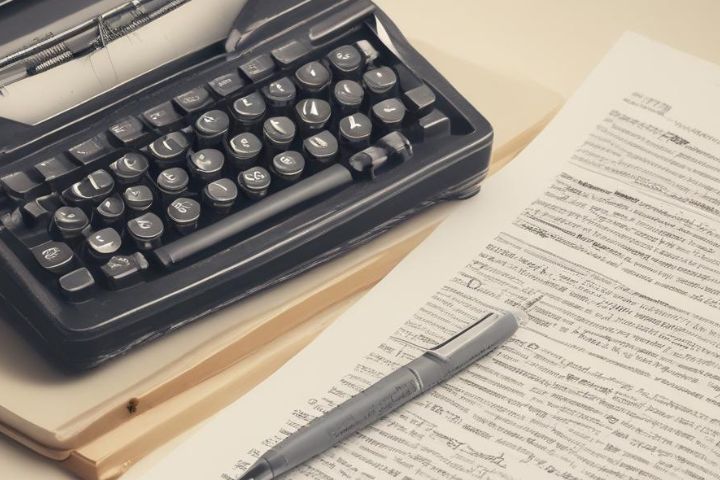
Editing and proofreading are essential stages in the writing process, each with distinct objectives and methodologies. Understanding the differences between editing vs proofreading is crucial for ensuring written communication’s overall quality and effectiveness. Let’s delve into a detailed comparison:
1. Focus: Content vs. Surface Errors:
Editing
- Focuses on refining the content, structure, and style of the text.
- It involves analyzing the overall coherence, clarity, and effectiveness of the narrative or argument.
- Addresses plot development, character consistency, logical flow, and thematic coherence.
- It may require substantial revisions, additions, or deletions to enhance the overall quality and impact of the manuscript.
Proofreading
- Focuses on identifying and correcting surface-level errors, such as spelling, grammatical, punctuation, and typographical errors.
- Involves scrutiny of individual words, sentences, and paragraphs to ensure accuracy and consistency.
- Does not typically involve making significant changes to the content or structure of the text but rather focuses on polishing the final draft to eliminate errors and enhance readability.
2. Timing: Before vs. After the Final Draft:
Editing
- Typically, it occurs before the final draft is prepared.
- Involves multiple rounds of review and revision throughout the writing process, from the initial draft to manuscript completion.
- Allows substantive changes to be made to the text's content, structure, and organization to improve its overall quality and effectiveness.
Proofreading
- Typically occurs after the final draft has been prepared and edited.
- Involves a final manuscript review to ensure it is error-free and ready for publication.
- Focuses on fine-tuning the final draft by correcting any remaining surface-level errors and inconsistencies before distribution.
3. Goals: Improving Structure and Coherence vs. Correcting Grammar and Punctuation:
Editing
- The goal is to improve the text's structure, coherence, and overall quality.
- Aim to enhance the narrative flow, logical progression of ideas, and thematic consistency.
- Focuses on refining the language, tone, and style to effectively engage the audience and convey the intended message.
Proofreading
- The goal is to correct grammar, punctuation, spelling, and typographical errors.
- Aims to ensure consistency and accuracy in language usage and formatting.
- Focuses on eliminating distractions and enhancing readability by polishing the final draft to meet the highest linguistic precision and professionalism standards.
4. Skills Required: Analytical vs. Detail-Oriented:
Editing
- Requires strong analytical skills to critically evaluate the text's content, structure, and coherence.
- It involves identifying strengths and weaknesses in the writing and providing constructive feedback for improvement.
- Requires a deep understanding of storytelling techniques, narrative structure, and audience engagement strategies.
Proofreading
- Requires strong attention to detail to identify and correct surface-level errors accurately.
- Involves review and comparison of individual words, phrases, and punctuation marks.
- Requires a thorough knowledge of grammar, punctuation rules, spelling conventions, and style guidelines.
When to Use Editing vs Proofreading Services

When to Use Proofreading Services
- Final Drafts: When the content has already undergone substantial editing and revisions, proofreading ensures that no lingering errors remain before publication.
- Time Constraints: In situations with limited time available for thorough editing, proofreading can quickly address glaring mistakes without extensive restructuring or rewriting.
- Minor Corrections: For documents that require only minor adjustments or corrections to grammar, punctuation, and spelling, proofreading provides a cost-effective and efficient solution.
- Requires a thorouRoutine Content: Regularly produced content such as blog posts, newsletters, or social media updates may benefit from regular proofreading to maintain professionalism and credibility.gh knowledge of grammar, punctuation rules, spelling conventions, and style guidelines.
When to Use Editing Services
Editing is preferred when the text requires more substantial structure, content, or language changes to improve clarity, coherence, and overall quality. Some situations where editing is necessary include:
- Initial Drafts: When the content is still in the early stages of development, editing helps refine ideas, improve organization, and strengthen the overall narrative or argument.
- Complex Content: Documents with complex subject matter or technical language often require extensive editing to ensure accuracy, coherence, and readability for the target audience.
- Significant Revisions: When feedback suggests significant revisions are necessary, editing provides the opportunity to restructure content, refine arguments, and address any inconsistencies or gaps in logic.
- Professional Publications: Manuscripts intended for publication in academic journals, books, or other professional outlets typically undergo multiple rounds of editing to meet rigorous standards of quality and scholarship.
Combination Approaches
In many cases, a combination of proofreading and editing may be the most effective approach to ensure the highest quality of written work. Combining both services allows for a comprehensive review that addresses both surface-level errors and deeper structural issues. Some scenarios where a combination approach is beneficial include:
- Comprehensive Editing: For documents requiring extensive revisions, starting with substantive editing followed by proofreading ensures thorough attention to content and presentation.
- Final Quality Check: Even after extensive editing, a final round of proofreading helps catch any remaining errors or inconsistencies before publication.
- Collaborative Projects: In collaborative writing projects, combining proofreading and editing ensures consistency in style, tone, and content across different sections or contributions.
- Multistage Process: Breaking down the writing and revision process into multiple stages, with editing and proofreading at each stage, helps maintain clarity and coherence while minimizing errors.
Final Thoughts
Proofreading and editing are both crucial steps in the writing process. It is important to understand the key differences between them. Proofreading focuses on correcting grammar, punctuation, and spelling errors, ensuring clarity and consistency in the text. On the other hand, editing involves a more comprehensive review of the writing’s content, structure, and overall flow. By recognizing these distinctions, writers can enhance their work’s quality and communicate their message more effectively. Whether you want to refine a document for professional purposes or improve your writing skills, mastering both proofreading and editing techniques is essential for producing polished and engaging content. Incorporating these practices into your writing routine will help you avoid common mistakes and elevate your writing to a higher standard of excellence.


